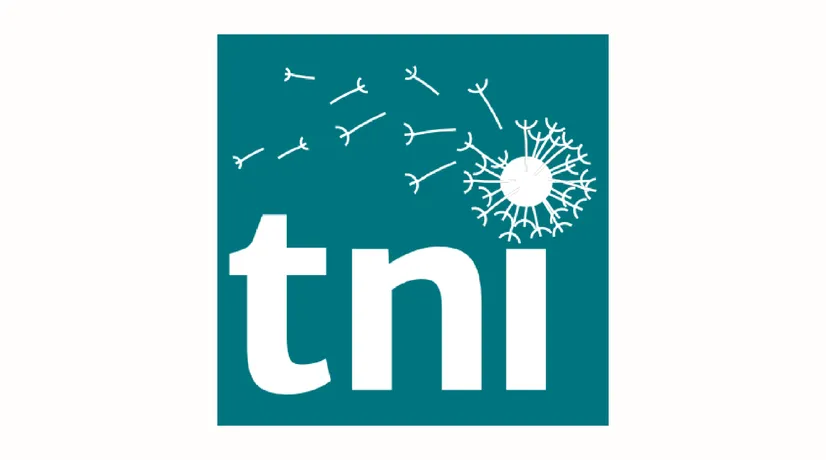Beyond Panglong: Myanmar’s National Peace and Reform Dilemma
19 September 2017

As ethnic conflict and refugee displacement continue in Myanmar’s borderlands, the country now stands at a crossroads. After decades under military rule, the 21st Century Panglong Conference has been welcomed as the most important initiative to achieve countrywide peace and political reform since the Panglong Conference of February 1947. Worrying failings, however, are starting to appear, raising many warnings from the country’s troubled history.
This Myanmar Policy Briefing analyses the country’s ethnic peace and reform dilemmas, charting past initiatives and political consequences since independence until the present. From the time of the Panglong Conference in 1947, there have been attempts to achieve peace and national reconciliation during every era of government, but all have proven unsuccessful.
The coming year will be crucial in determining Myanmar’s political direction. Future peace meetings are scheduled. But at root, a fundamental question still needs to be answered: is “Panglong-21” a political endgame or is it just another step in the country’s conflict way of life? If a breakthrough is to truly occur, national inclusion, political dialogue and a complete halt to military offensives are now essential. The present crises in the ethnic borderlands are not exceptional or peripheral challenges but are central to addressing the failures of the modern-day state.
Key Points
- The 21st Century Panglong Conference, also known as the Union Peace Conference, has been hailed as the most encouraging initiative to achieve countrywide peace and political reform in Myanmar since the Panglong Conference of February 1947. Two “Panglong-21” meetings have been held so far. With the National League for Democracy government prioritising ethnic peace, this is a long-needed moment of opportunity for national reconciliation that should not be lost.
- There have been three important advances in the landscape of national politics so far. First, different points of view could be expressed by a diversity of stakeholders, including representatives of political parties, the national armed forces (Tatmadaw), ethnic armed organisations and civil society groups. Second, the revival of such a symbolic platform raises the potential for the two key processes in national reform – parliamentary and ethnic peace – to be brought together on the same track. Third, there is broad agreement in public statements on the need for pro-federal reform.
- Worrying failings, however, are beginning to appear, raising warning spectres from the country’s troubled past. Dating back to the Panglong Conference in 1947, each new era of government has witnessed new political initiatives to foster national peace, and all have been unsuccessful. This must not happen again.
- Amidst urgent concerns: there is a lack of inclusion in the present peace process; Tatmadaw domination still continues; there is an over-reliance on the inconclusive Nationwide Ceasefire Agreement of ex-President Thein Sein; land-grabbing, natural resource exploitation and economic opportunism remain widespread; and military-first solutions are still being pursued in several parts of the country. Meanwhile civilian displacement and humanitarian suffering have not ended, highlighted by continuing emergencies in the Kachin, Rakhine and Shan States.
- The international response to Myanmar’s ethnic challenges is divided. Western governments have backed the Nationwide Ceasefire Agreement as the road to peace; the NLD-led administration has reduced cooperation with United Nations’ mediation; and China is seeking to take on the leading international role. Concerned by instability along its border, China recognises that a majority of ethnic armed organisations have been marginalised in the peace process to date. But, with major geo-political ambitions of its own, China’s involvement is only adding to uncertainties about Myanmar’s future direction.
- A window of opportunity still remains. But, for genuine peace and national reform to be achieved, the 21st Century Panglong must deliver a political destination of hope that includes all peoples rather than another cycle of failure in the country’s history of ethnic conflict. In one of the most ethnically-diverse countries in Asia, the present crises in Myanmar’s borderlands are not exceptions but long-standing examples of failures that lie at the heart of the modern-day state.
Announcements
21 May 2025
Open letter: Malaysia must lead ASEAN with principle, not hypocrisy, to address the Myanmar crisis

Progressive Voice is a participatory rights-based policy research and advocacy organization rooted in civil society, that maintains strong networks and relationships with grassroots organizations and community-based organizations throughout Myanmar. It acts as a bridge to the international community and international policymakers by amplifying voices from the ground, and advocating for a rights-based policy narrative.